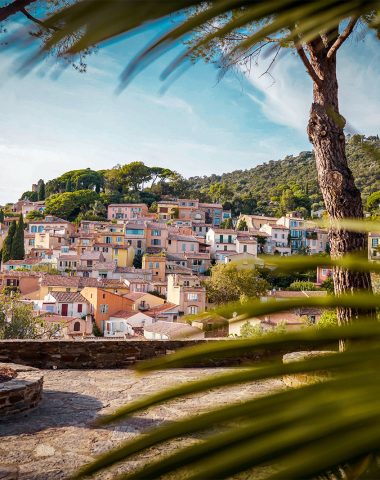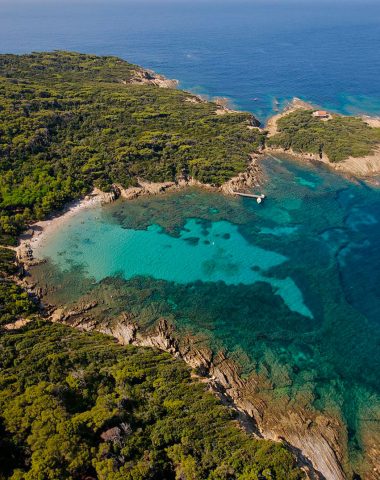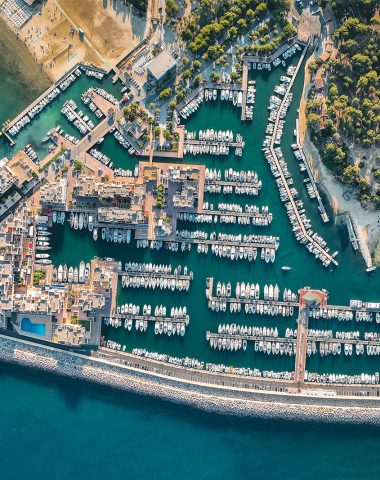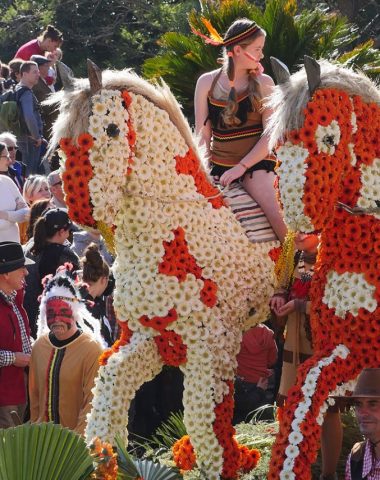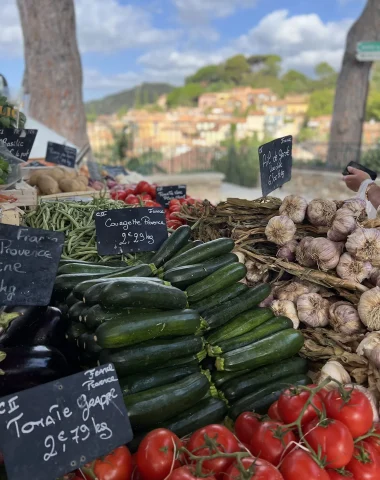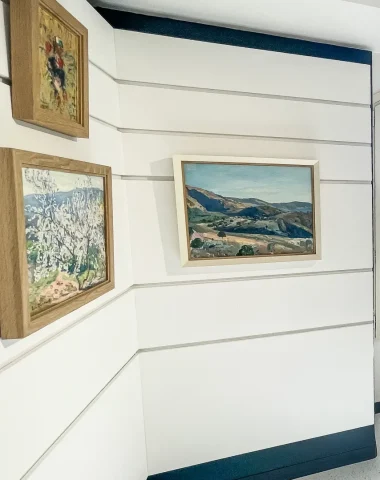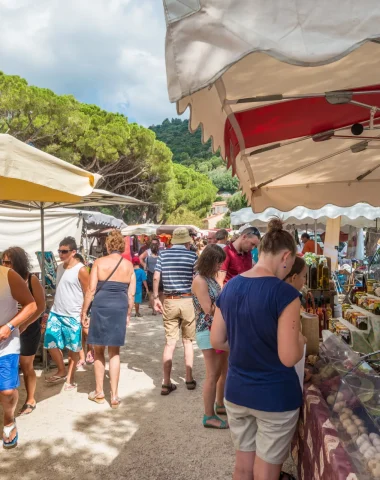Embark on a captivating journey along the Chemin des Sages, a project born from a visionary gathering of the Conseil des Sages, composed of wise individuals aged 60 and above, carefully chosen by local councilors for their wealth of experience. Inspired by the core principles of our Republican motto “Liberté, Égalité, Fraternité,” the council sought to breathe life into these ideals in the town of Bormes.
The Concept Takes Flight
A groundbreaking idea emerged during the council’s meeting—to adorn the town with phrases from renowned men and women, celebrated worldwide for their wisdom and humanism. The goal was to ignite the conscience of both passers-by and tourists, fostering a deeper connection with these universal values. To gain the support of the Mayor and the Council, the decision was made to integrate this pathway with the installation of historical plaques on the town’s iconic monuments. The members of the Conseil des Sages then meticulously designed the route through the medieval village and dedicated themselves to creating the perfect support, texts, images, and symbols for these plaques.

The butterfly, symbolizing joy, beauty, grace, and lightness of being, was chosen as the emblem of the project. Its transformative journey mirrors the essence of personal growth and rebirth. Just like the butterfly, we too experience different stages in life—a profound metamorphosis that allows us to release our past and embrace the beauty of who we’ve become. Symbolizing wisdom, the butterfly becomes a boundless source of inspiration. Beneath its delicate exterior lies an unwavering strength. Despite its ephemeral lifespan of a few days or weeks, the butterfly brings joy and exuberance through its graceful flight, fully savoring every moment that nature presents. Let us, like the butterfly, fearlessly embrace the experiences life offers us, both good and bad, knowing that they are fleeting. After all, our past experiences provide the best preparation for the future, allowing us to tread life’s paths with serenity.
The biography of Louis Pasteur
Father of the rabies vaccine and pasteurization.
Unveiling the extraordinary life of Louis Pasteur, the visionary pioneer behind the rabies vaccine and pasteurization. Born on December 27, 1822, in Dole, Jura, Pasteur’s journey took flight while studying at the prestigious Ecole Normale Supérieure in Paris. His groundbreaking thesis on crystallography catapulted him into the pantheon of stereochemistry, where he explored the spatial arrangement of molecules and its profound impact on their behavior. With two remarkable theses in chemistry and physics, Pasteur ascended to become a distinguished professor of physics at the Lycée de Dijon and later a revered professor of chemistry and dean at the esteemed University of Sciences in Lille. It was during this time that he delved into the intricate realm of yeast and its role in fermentation.
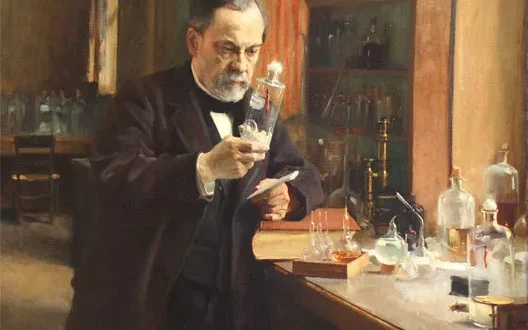
On December 8, 1862, Pasteur’s brilliance earned him a coveted position in the “mineralogy” section of the Académie des Sciences, replacing the esteemed Henri de Senarment. From 1865 onward, Pasteur embarked on an ambitious quest, investigating the mysteries of the fermentation process and uncovering the causes of acidity in wine, beer, and milk. This ardent pursuit led to his groundbreaking invention of the pasteurization system, a transformative breakthrough in food preservation. Inspired by his unwavering curiosity, Pasteur undertook further research endeavors, including the study of pebrine, a disease that plagued silkworms, and the ruminant disease anthrax. After years dedicated to the study of infectious diseases, Pasteur’s attention turned to a momentous mission—to eradicate the dreaded rabies. And on July 6, 1885, he achieved an extraordinary milestone by successfully vaccinating Joseph Meister, a 9-year-old Alsatian shepherd, against rabies. This pivotal triumph paved the way for over 350 additional inoculations in a single year. Harnessing the power of his newfound fame, Pasteur orchestrated a remarkable fundraising campaign, birthing the world-renowned Institut Pasteur. French President Sadi Carnot inaugurated this illustrious institution on November 14, 1888, forever cementing Pasteur’s legacy. Today, the Institut Pasteur stands as a global hub for virus research, where groundbreaking vaccines have been developed, and crucial viruses, such as the AIDS virus, have been isolated. Sadly, on September 28, 1895, Louis Pasteur, the revered father of the rabies vaccine, breathed his last in Marnes-la-Coquette, having dedicated a significant portion of his life to medicine and the relentless battle against infectious diseases. His wife, Marie Pasteur, also departed from this world in the same year.
The former Saint-André Hospital
Journey back to the annals of time, where in 1439, the illustrious “Good King René” envisioned the construction of a remarkable hospital in Bormes. However, due to financial constraints, this noble endeavor remained dormant until 1665, when the generosity of the local villagers breathed life into its existence. Thus, the Hôpital Saint-André came into being, a sanctuary devoted to the care of the destitute and needy.
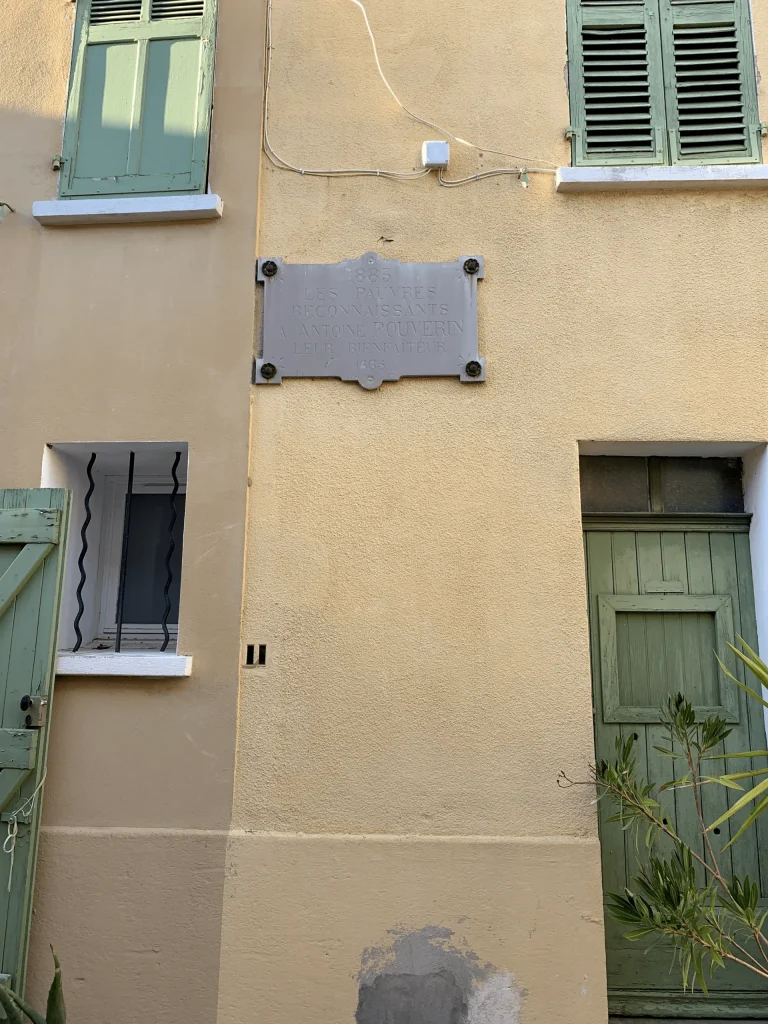
In 1773, the esteemed establishment received official recognition from none other than King Louis XIV himself, solidifying its vital role in the community. Guided by the virtuous religious order of the White Penitents, the hospital embraced a mission encompassing social welfare, religious practice, and the spirit of fraternity. Their headquarters, the Saint-Sébastien chapel, became a beacon of hope in 1653. The White Penitents diligently undertook acts of piety, charity work, the compassionate care of the sick, and the establishment of charitable schools. A wise and compassionate prior was elected to lead this noble brotherhood. The chapel of Saint-André, founded in 1665 by the esteemed M. Antoine Pouverin, received an annual endowment of 115 livres, graciously bestowed by Pouverin himself. Each year, the devout clergy chanted vespers and celebrated mass on the sacred feast day. As the dawn of each New Year approached, the local nobility generously showered the hospital with bread and lambs, symbolizing their unwavering support.
Numerous benevolent souls rallied to sustain the hospital’s noble cause. Among them, the notable Sieur Augier Antoine bequeathed 300 francs in 1807, while Jean Joseph Pellegrin’s benevolent heart gifted 400 francs in 1829. Dame Marie Abra, driven by compassion, contributed 300 francs in 1834. In the same year, the former parish priest of Bormes, Sieur Brieugne, left behind a legacy of 1,000 francs. Beyond its local reach, the hospital extended its benevolence to serve as a hospice for patients hailing from distant lands. It provided shelter to weary sailors, foreign fishermen, passing soldiers, and diligent workers from the newly minted Compagnie des chemins de fer de Provence railway line. In 1846, a classroom adorned the hospital chapel, serving as a sanctuary of knowledge while religious services continued to grace its sacred halls. Eventually, as other establishments emerged as more fitting successors, the hospital gracefully transformed into a dwelling place, forever preserving its rich history.
Step into the realm of the extraordinary, where the legacy of Louis Pasteur intertwines with the fascinating tapestry of the Former Saint-André Hospital. Immerse yourself in a captivating journey through time, where innovation and compassion converge to create an unforgettable experience.

To experience the full splendor of the Chemin des Sages and delve deeper into the fascinating stories that unfold along this path, we invite you to explore the Baludik app.
Scan the QR code and embark on an interactive journey filled with games, surprises, and a deeper connection to the rich heritage of Bormes.


